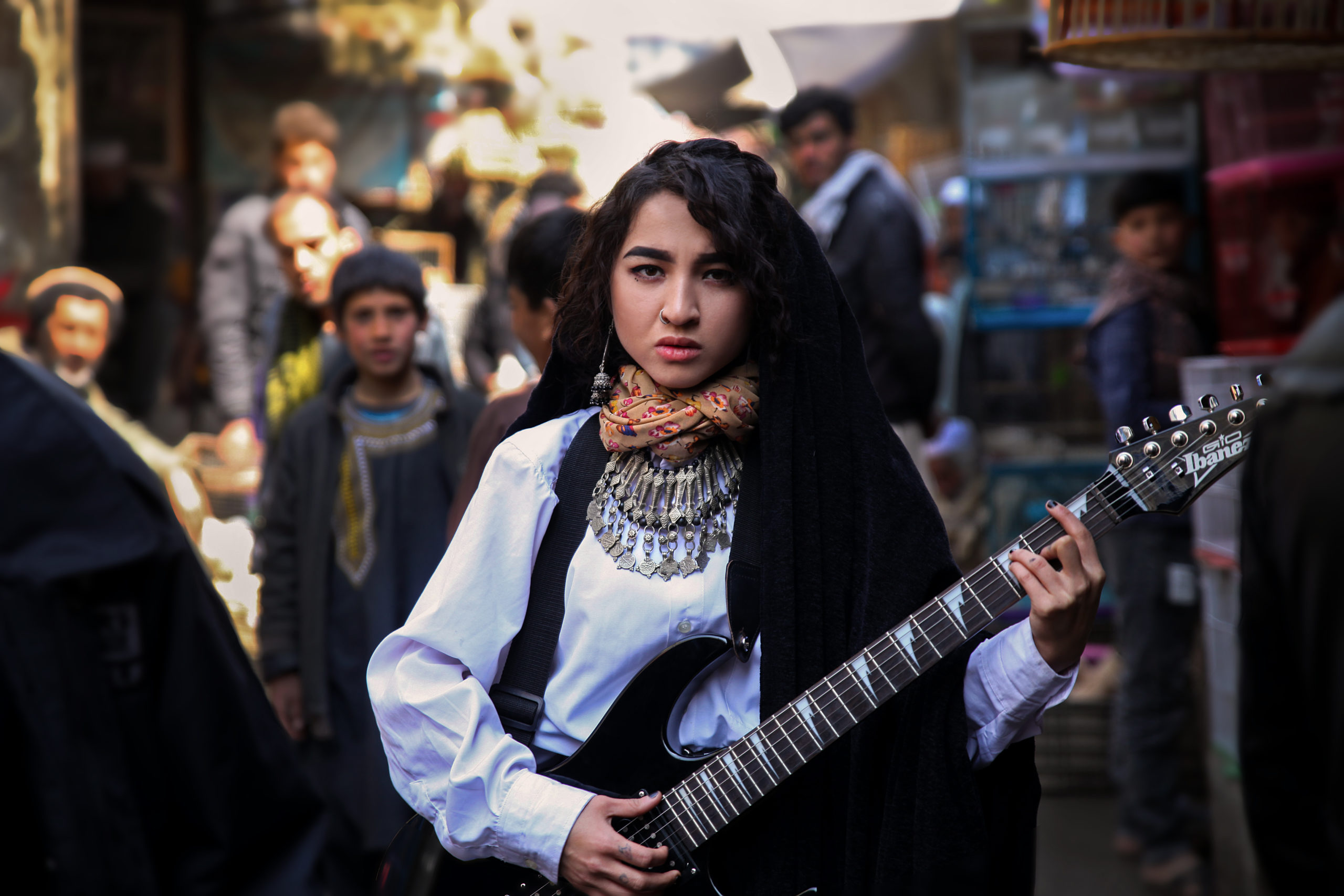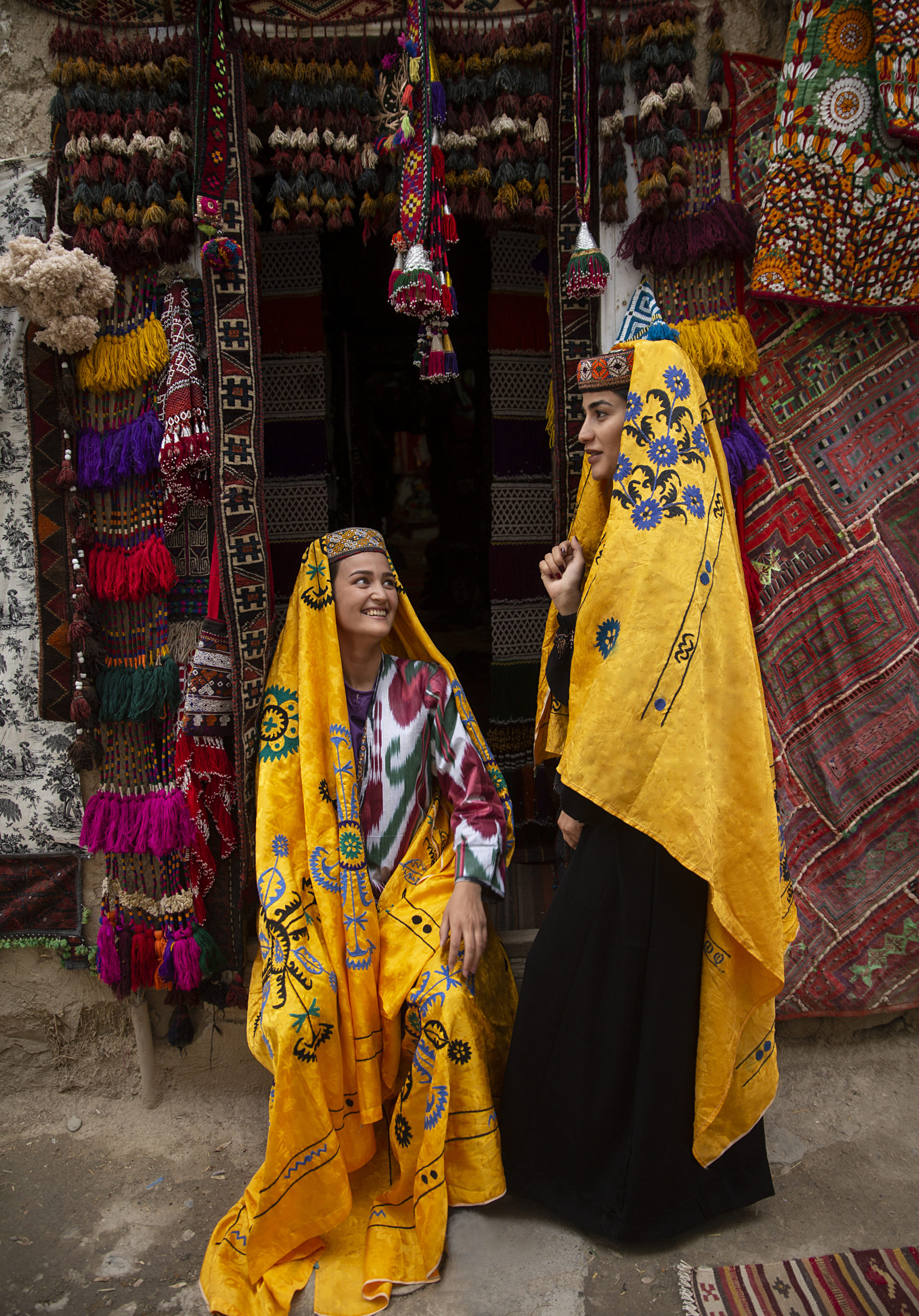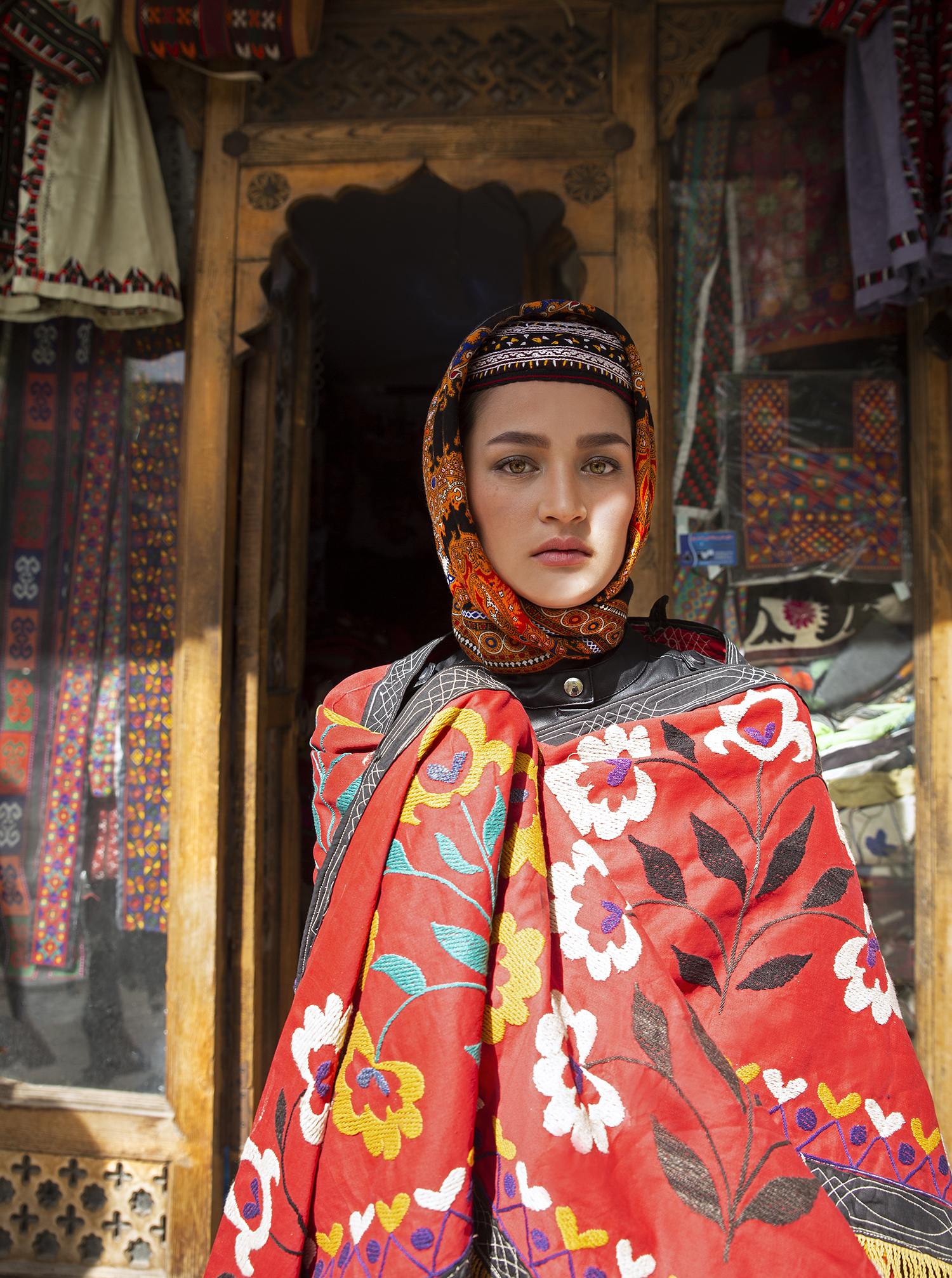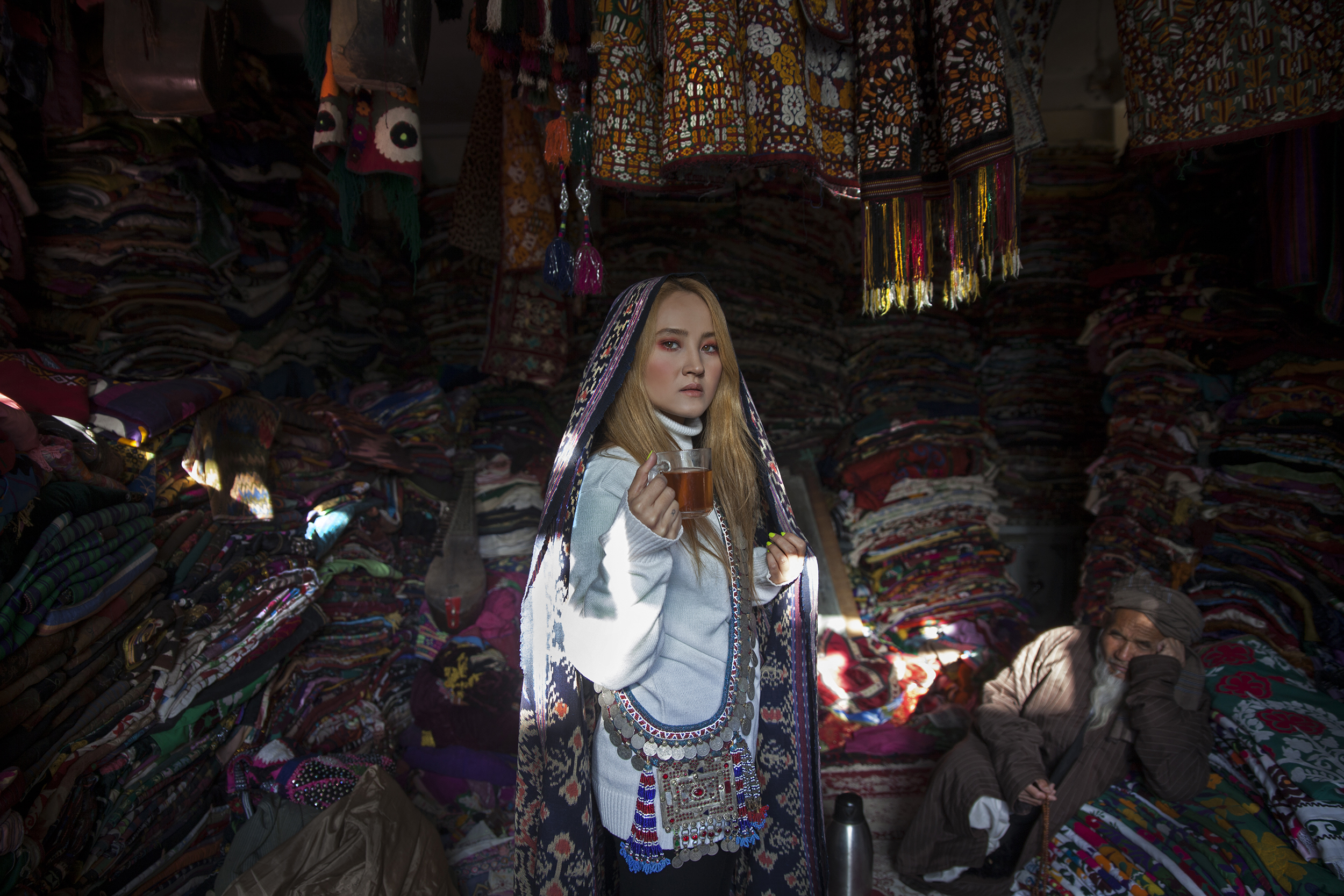I was born in Tehran, to parents who fled Afghanistan when the Soviets invaded. For most of my life, I knew everything about Iranian culture and history: I knew its education system, its capital; my friends, my family, everything I knew was in Iran. And I knew very little about Afghanistan — just a few stories, from my parents and grandparents. And I wondered where I belonged. I always looked for a sign.
In 2013, I visited Afghanistan for the first time, to get paperwork I needed for university. I fell in love with it. In 2018, when I was 25, I moved back permanently. I was a professor of visual art at Kabul University, and I worked as an art and documentary photographer.
I poured my heart into my personal project, a book on the unseen women of Afghanistan. I was tired of always showing the war and the poverty, always talking about the murders, the explosions. When I traveled to other countries, capitals of art and culture abroad, people would ask me, “If you’re an Afghan artist, where is your burqa?” The only thing people knew about Afghanistan was terrorism and women’s oppression, the twin sins of the Taliban. Why doesn’t the world know anything about our culture and our beauty? About our carpets, our textiles, our diversity, all of our cultural heritage? Why is it never reflected in the world? This question preoccupied me, and I think it’s why I was so inspired to work on the beautiful side of Afghanistan.
I had only five more portraits to make to finish my book when the Taliban took Kabul and, with it, the country. I had to escape with only what I could carry in two small shoulder bags. Leaving my photo project behind was one of the hardest parts of fleeing. It was everything I worked on for over three years. And what will happen to those pictures? What will happen to the women in the pictures?
I’d worked hard to find special locations — interesting places, forgotten streets — and to show off our cultural heritage. I did everything I could in these photos to show some beauty in a corner of Afghanistan. I can’t imagine I can’t go back and finish this work.








